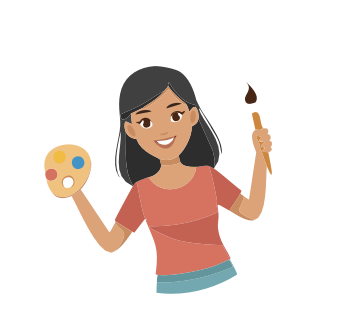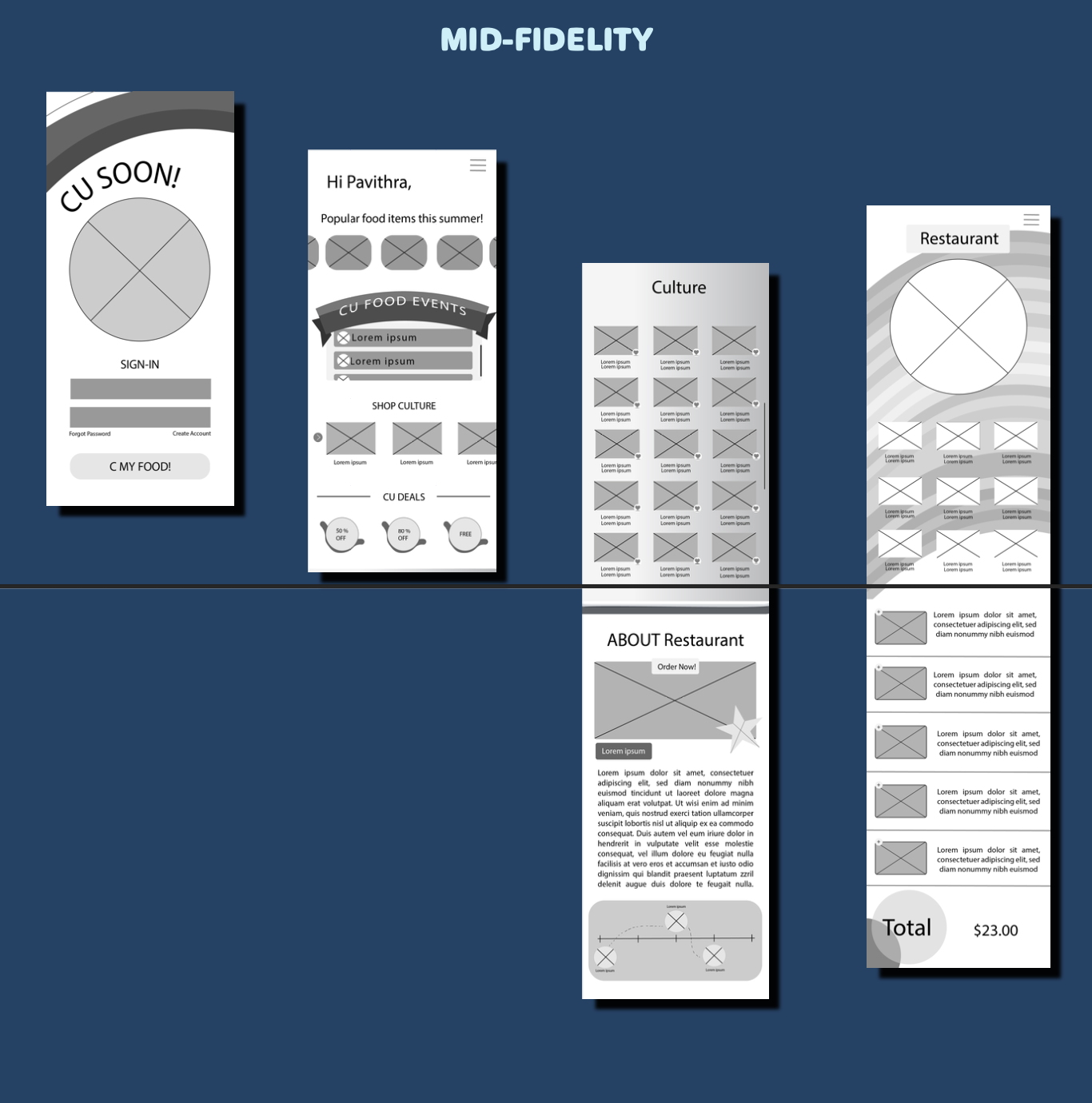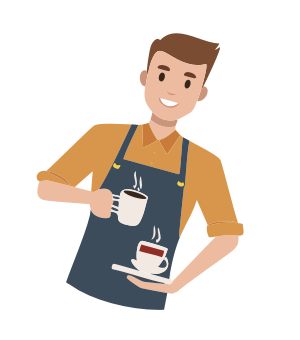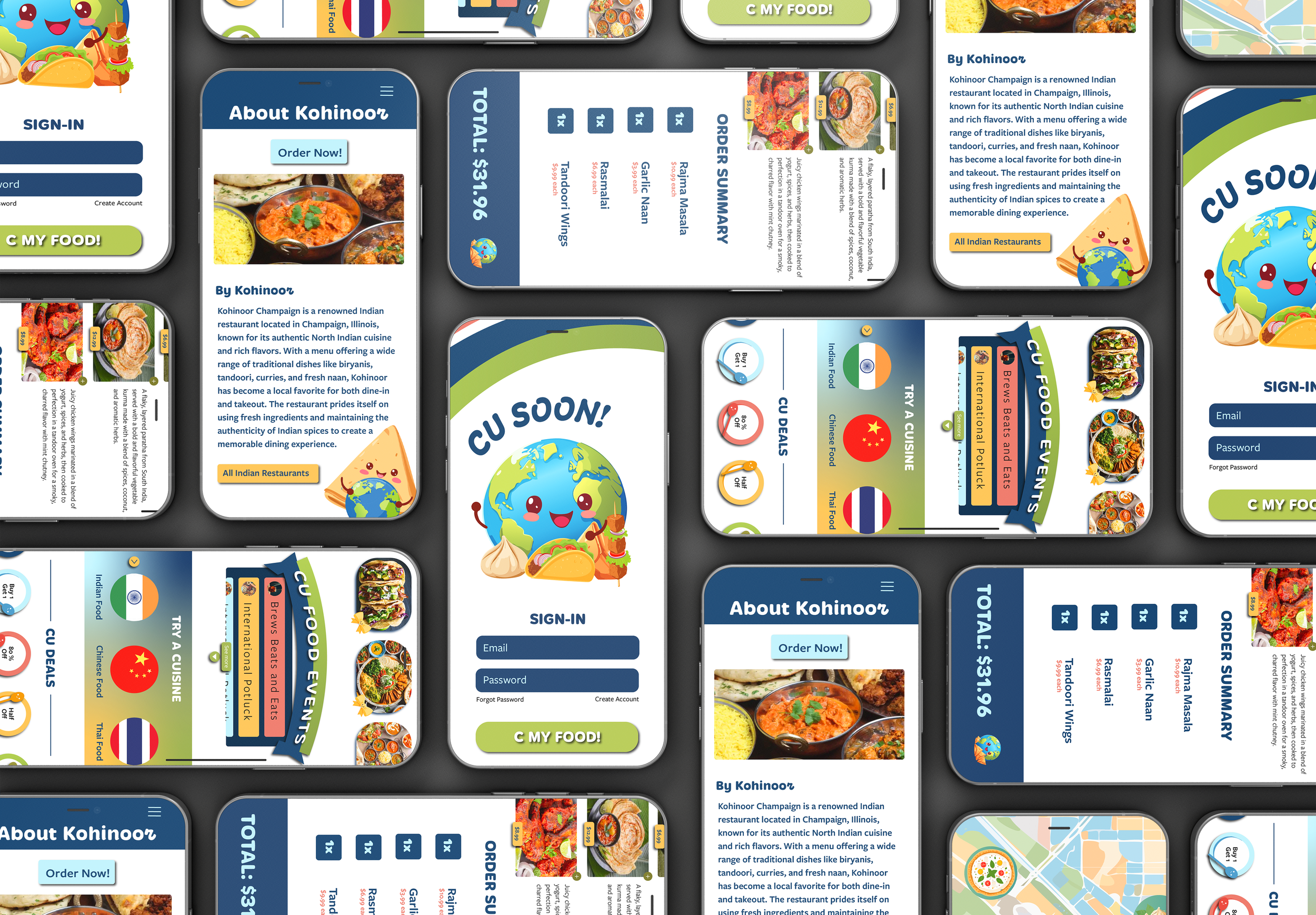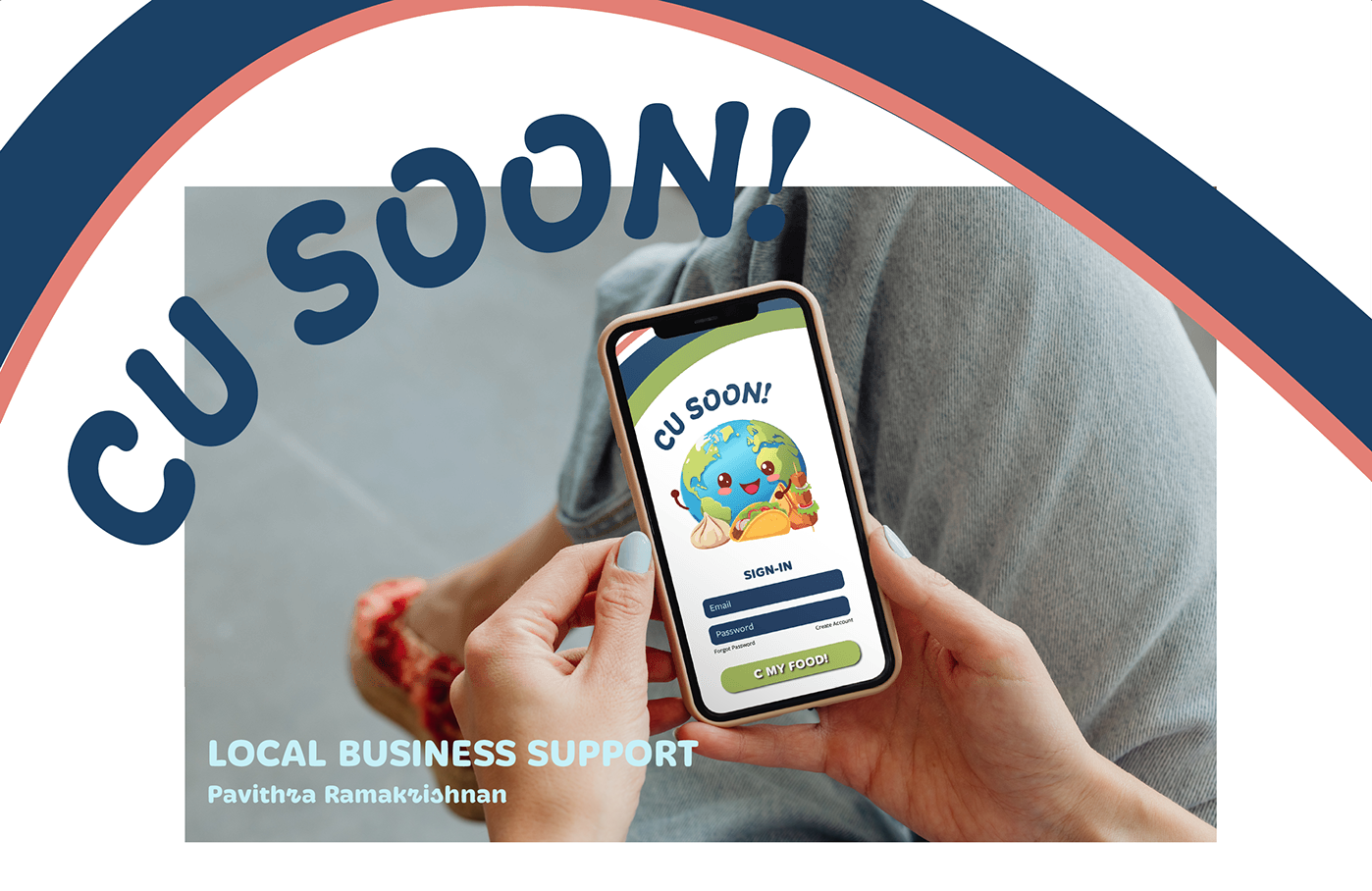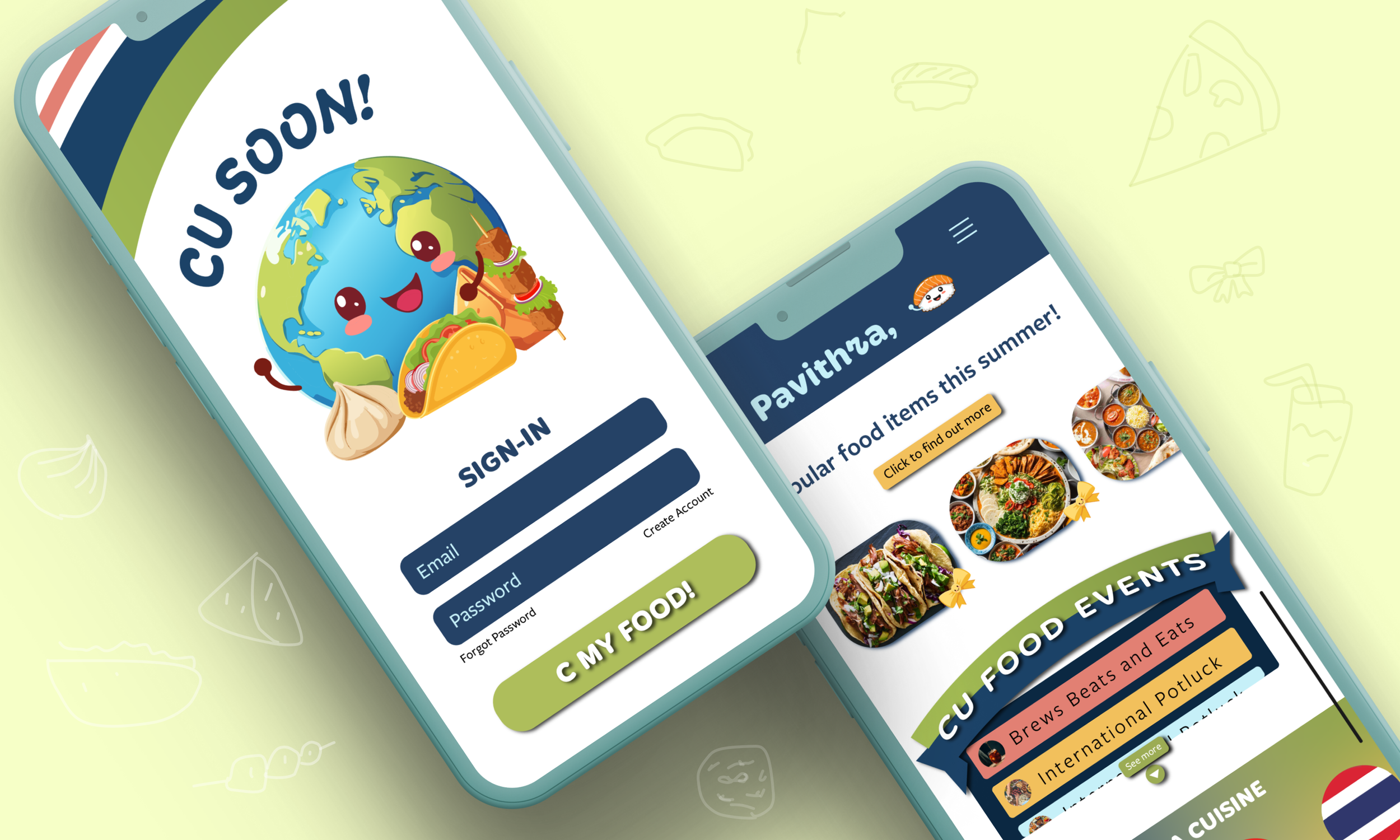
Can AI Take a Joke—Or Make One?
Research Categories: Generative, Evaluative
Project Type: Academic Research (ACM Publication)
Role/Contribution: UX Researcher, Chatbot Designer, Co-Author
Timeline: Aug 2023 – July 2025
Tools: Google Dialogflow, Slack, Figma, Adobe Illustrator, Python, Overleaf
Stakeholder Teams: Academic research team, ACM Creativity & Cognition 2025 conference attendees
Sub-questions:
How accurately can LLMs generate different humor styles (affiliative, self-defeating, no joke)?
Can LLMs recognize humor styles and speaker roles (friend vs. counselor) in human-written text?
Which LLMs perform best at emotionally appropriate humor?
🎯 Research Objectives
What’s Missing from the Menu?
Despite food delivery options like DoorDash, local cultural cuisines remain underrepresented. Students and residents lack awareness of food’s cultural context, and small vendors struggle for visibility.
Can large language models (LLMs) understand when and how to use humor appropriately in emotionally supportive interactions—like a friend or counselor would?
Ideal App Features
Surveyed students & residents: Weekly use of delivery apps, but cost and sustainability are concerns. They prefer culturally meaningful, locally sourced food and sharing meals socially. They value fast service, sustainable packaging, and authentic experiences.
Key Findings: Convenience matters, but users want more than transactions. Opportunities include cultural storytelling, price transparency, and easier discovery of local vendors.
Meet The User
Once I understood who I was designing for, it was time to turn insights into something tangible. Meet my persona, a vibrant college student who craves authentic cultural experiences but struggles to find them beyond the usual delivery apps. This persona became my north star, guiding every decision I made.
I started where all great ideas begin: messy sketches on paper. As ideas took shape, I refined them into tighter sketches that began to tell a coherent story about how users would navigate their cultural food journey.
From Concept To Design
My low-fidelity wireframes were all about getting the essentials right. These simple screens let me test the core user flow, how someone discovers a new cultural cuisine, explores vendor stories, and places an order. I focused purely on function, validated my ideas quickly, and pivoted when something didn't click.
With mid-fidelity designs, I began breathing life into the framework. This is where I established visual hierarchy, refined spacing, and started thinking about how elements would guide the user's eye. A welcoming landing page leads to a home screen where users explore categories of cuisines and local events. Diving deeper, they discover restaurant backstories and the rich cultural heritage behind each dish. The order page maintains this narrative thread, proving that structure could support both efficiency and emotion.
Features prioritized from testing:
Clearer cultural categories
Easier vendor visibility
Seamless integration of events & storytelling
Final Design & System
The final designs are where everything comes alive. I developed a complete design system and brand identity grounded in my research findings, then refined every screen from mid-fidelity with intention and polish. The experience opens with a custom logo that captures the app's cultural spirit, followed by a home screen featuring intuitive icons, popular local foods, and Champaign-Urbana food events. Users can explore cuisines through a dedicated "Try Cuisine" section and discover exclusive CU deals. Each restaurant gets its moment to shine with detailed "About" pages that tell its story, while an interactive map displays cultural food icons showing what's nearby. The journey culminates in a thoughtfully designed order summary that keeps the cultural connection intact, even in the final transaction.


